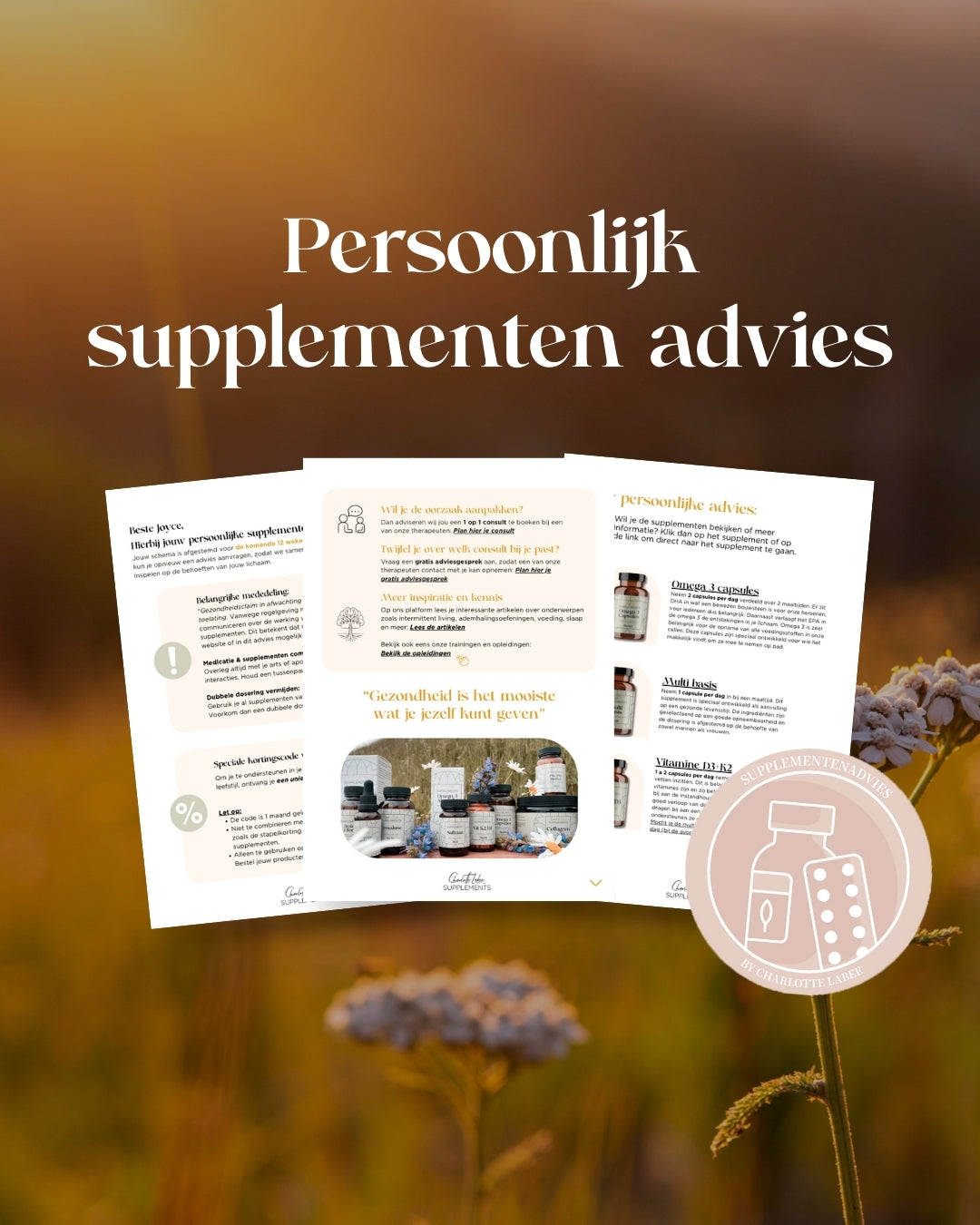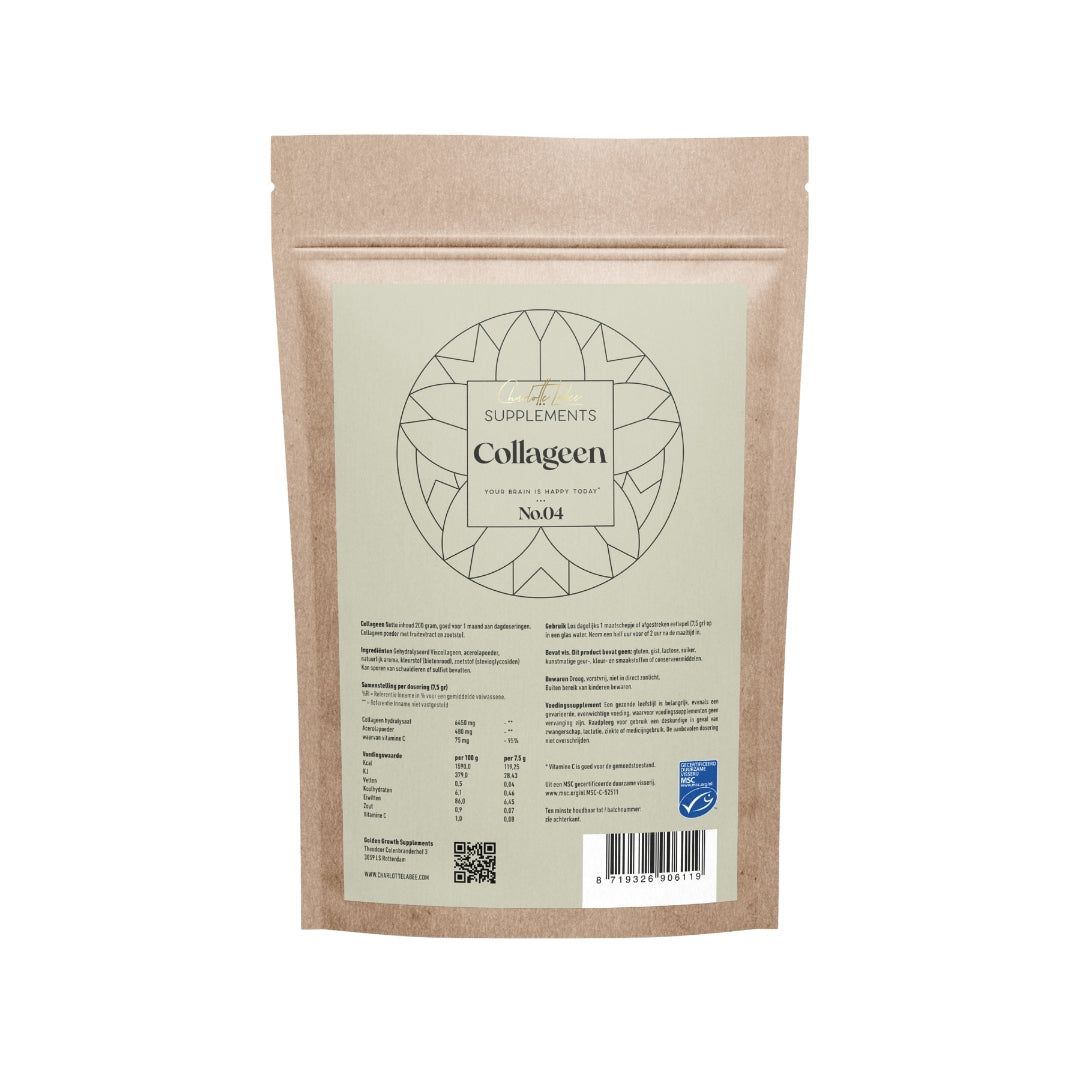In onze huidige tijd en snelle maatschappij lijken de verschillende seizoenen soms een vergeten dimensie van ons eetpatroon te zijn geworden. Zonde, want er is iets bijzonders aan het eten van groenten en fruit die op het juiste moment in het jaar groeien. Als we volgens de seizoenen eten, plukken we niet alleen de vruchten van moeder natuur op haar hoogtepunt, maar geven we ook ons lichaam precies wat het nodig heeft op dat moment. De herfst is zo'n tijd waarin de natuur ons overlaadt met een overvloed aan heerlijke en voedzame producten, en daarom wijden wij een artikel aan typische herfstgroenten en- fruitsoorten!
Waarom eten volgens de seizoenen?
Het eten van seizoensgebonden groenten en fruitsoorten brengt talloze voordelen met zich mee. Allereerst zijn seizoensproducten verser en smaakvoller, omdat ze niet van ver hoeven te worden geïmporteerd. Ten tweede zijn ze rijker aan voedingsstoffen omdat ze kunnen groeien in de omstandigheden waarvoor ze evolutionair zijn aangepast.
Bovendien is het milieuvriendelijker omdat lokale producten minder transport nodig hebben, wat de ecologische voetafdruk vermindert.
Wil je hierover meer weten? Lees dan onze blog ‘Waarom seizoensgroente eten?’.
5 typische herfstgroenten
- Pompoen: Deze iconische herfstgroente is rijk aan vezels, vitamine C en bèta-caroteen. Bèta-caroteen zorgt voor de oranje kleur van pompoenen, maar ook van wortels, nectarines, abrikozen etc. Deze stof wordt door ons lichaam omgezet in vitamine A. Het zorgt voor een goede weerstand en is erg belangrijk voor het gezichtsvermogen, maar ook voor gezonde botten, tanden, huid en voor de groei.
- Boerenkool: Boerenkool wordt de laatste jaren steeds populairder en dat is niet voor niets. Boerenkool is echt Brain Food, boordevol vitamine K, C en calcium, wat goed is voor de botten en de bloedsomloop. Daarnaast heeft boerenkool een hoog ijzergehalte, bevat het veel voedingsvezels en zit het boordevol krachtige antioxidanten!
- Paddenstoelen: Paddenstoelen bezitten waardevolle stoffen zoals polysachariden en dan in het bijzonder betaglucanen, die een positief effect kunnen hebben op het immuunsysteem. Fijn dit seizoen! Champignons kun je het hele jaar rond van Nederlandse bodem krijgen, dus ook in de herfst. Ze zijn niet alleen erg lekker, maar ook multi-inzetbaar in allerlei gerechten. Champignons bevatten van bijna alle voedingsstoffen wel een beetje en ze zijn rijk aan vezels en antioxidanten. Veel typische herfstrecepten hebben champignons als ingrediënt!
- Spruiten: Sommige groenten bevatten zoveel voedingsstoffen, dat je ze als een waar medicijn uit de natuur kunt zien. Spruitjes behoren tot deze categorie. Deze kleine groene krachtpatsers beschikken over een hoog zwavelgehalte en dat maakt ze mede zo gezond. Zwavel is namelijk een belangrijke bouwsteen voor gluthathion – een krachtige antioxidant in het lichaam die het brein beschermt tegen vrije radicalen en daarmee achteruitgang van de hersenfuncties tegengaat. Verder zijn spruitjes rijk aan vitamine C, A, B1, B2, B3, B6, B11, E, kalium, ijzer, fosfor, mangaan, magnesium én calcium! Reden genoeg om dit seizoen wat vaker spruitjes te verwerken in soepen, salades, roerbakgerechten of groenteschotels!
- Pastinaak: Bij knollen denken we snel aan ronde vormen, maar de pastinaak ziet er toch net even anders uit. Pastinaak wordt vaak gezien als ‘vergeten groente’, zonde, want het is rijk aan voedingsvezels en vitamine C, wat bijdraagt aan een gezonde spijsvertering en immuunsysteem. De smaak van pastinaak is licht anijsachtig.
5 typische herfst fruitsoorten
- Mandarijnen: Deze oranje kanjers zijn een uitstekende bron van vitamine C én voedingsvezels. En gelukkige darmen zorgen voor gelukkige hersenen en een goede gezondheid. Ook verbeteren de vezels je stoelgang en zorgen ze voor een stabielere bloedsuiker en een voldaan gevoel.
- Appels: Appels verbeteren onze darmflora. Bij het eten ervan krijgen we ruim een miljoen bacteriën binnen, waar de darmen dol op zijn. Vooral de bioactieve stoffen in en net onder de schil van de appel biedt enorm veel gezondheidsvoordelen. Schil je appels daarom nooit maar koop bij voorkeur de biologische variant en was ze altijd goed. Hoe feller de kleur van de schil, hoe meer antioxidanten de appel bevat.
- Peren: Peren worden in de herfst geoogst en zijn rijk aan vezels, kalium en vitamine C. Handperen kunnen rauw gegeten worden, stoofperen moeten we eens koken. Je kunt een peer natuurlijk zo uit het vuistje eten, maar ook heerlijk werken in salades, door de havermout of in een gezonde taart!
- Druiven: Rode druiven kunnen je brein een behoorlijke boost geven, dit komt door het stofje resveratrol, een sterke antioxidant. Let wel op dat het suikergehalte in druiven vrij hoog is, dus eet dit typische herfstfruit bij voorkeur niet dagelijks.
- Vijgen: Een uitstekende bron van voedingsvezels, calcium en kalium, wat essentieel is voor de botgezondheid. Daarnaast bevatten vijgen mangaan, wat goed is voor de stofwisseling.
Allemaal aan de herfstgroenten!
Waar wacht je nog op? Ga naar je lokale markt en ontdek de smaak van de herfst. Door volgens de seizoenen te eten, geef je niet alleen je lichaam wat het nodig heeft, maar draag je ook bij aan een duurzamere planeet.
Geniet van de rijke smaken van de herfst!








